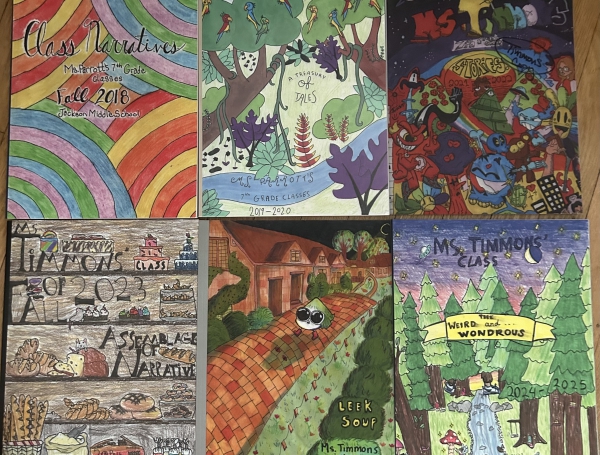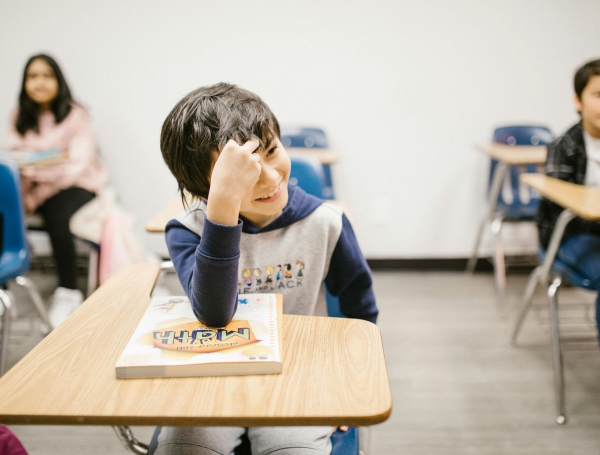

Why You Should Consider Allowing Cell Phone Use in Your Middle School Music Classroom
August 25, 2017
The bell rings and the students amble into the room. You stand at your post, greeting your middle schoolers, and scanning for “contraband”. You know, despite the school policy, there will be at least a few who either forgot to deposit their phone in their locker before class, or are ready to gamble. Sometimes it’s more than a few. Then you reach into your own pocket. Is your phone in there? Of course it is! But then, you have the willpower to ignore it if you receive a text notification, and you also are aware of how vital a tool this device has become. So here’s the question: Why the double standard? Better yet, why are we waging an unwinnable war against this technology that isn’t going away anytime soon? Wouldn’t it be better to put it to work for you, and teach your students respect and responsibility regarding their phone, as well as all the ways it can enhance their musical lives? Here are just a few examples of how the powers of the ubiquitous cell phone can be put to positive use in your music classroom.
Tuner/Metronome. Gone are the days when an electronic tuner and a metronome—both indispensable tools of the music practice room—are bulky, expensive, single-use items. The app stores are abundant with simple and inexpensive (some free) versions. Empowering students with checking their instrument’s pitch, or the tempo of the piece all by themselves can increase efficiency in rehearsal.
Recording Device. Often the best way to assess your own musical growth is through recording rehearsal excerpts and examining them. With the voice record capabilities of most smart phones, students can keep a running evaluation of their own, and their section’s, growth.
Dictionary and Encyclopedia of Musical Terms. Your students don’t know the meaning of a musical term on their page? Let them Google it. Self efficacy is a successful educational tactic, and this is another way to provide it. Let’s not forget the millions of YouTube videos demonstrating everything from how to triple-tongue to how Allen Vizzutti plays so amazingly high.
Photo/Video Device. You have a saxophone player who moves his jaw up and down when articulating, resulting in a foggy and unfocused sound. Rather than verbally describing to him what the problem is, why not shoot a few seconds of video? Pictures are truly worth a thousand words.
Discreet Communication Device. Other classes, particularly at the college level, have integrated text communication as one more teacher-student interaction opportunity. During the course of a rehearsal, have students send you a text of questions, or portions of the music they need help with. They are more likely to do this in a private format than raise their hand in class. And think of the time you’ll save.
Obviously, before implementing any of these strategies, it is wise to consult your administration and get their approval. Also keep in mind, navigating the unsure waters of teacher-student contact via mobile device is increasingly treacherous. Get parental approval as well, and above all, do NOT cross any professional or ethical lines. We teachers have been incorporating technology into our curriculum for as long as there has been technology. It’s time to end prohibition, and promote responsible use.
 Hank Handford holds a B.A. in Music Education and Master of Education in Curriculum and Instruction from Montana State University-Bozeman. He is in his 24th year of teaching. For the past 18 years, he has taught 6-8th Grade Band at Kalispell Middle School in Kalispell, Montana. He instructs close to 200 instrumentalists, beginning to intermediate. Mr. Handford enjoys working with middle schoolers, and loves sharing with them the joys of new musical discoveries. He has also enjoyed and benefited from a number of Heritage courses, most recently Google Classroom, History of Rock and Roll, and Challenging Colleagues: Bringing out the Best in People at Their Worst. He lives with his wife, Christa, who teaches English Language Arts at KMS, and their 15 year-old daughter, Mallory.
Hank Handford holds a B.A. in Music Education and Master of Education in Curriculum and Instruction from Montana State University-Bozeman. He is in his 24th year of teaching. For the past 18 years, he has taught 6-8th Grade Band at Kalispell Middle School in Kalispell, Montana. He instructs close to 200 instrumentalists, beginning to intermediate. Mr. Handford enjoys working with middle schoolers, and loves sharing with them the joys of new musical discoveries. He has also enjoyed and benefited from a number of Heritage courses, most recently Google Classroom, History of Rock and Roll, and Challenging Colleagues: Bringing out the Best in People at Their Worst. He lives with his wife, Christa, who teaches English Language Arts at KMS, and their 15 year-old daughter, Mallory.




